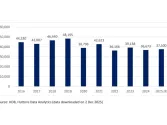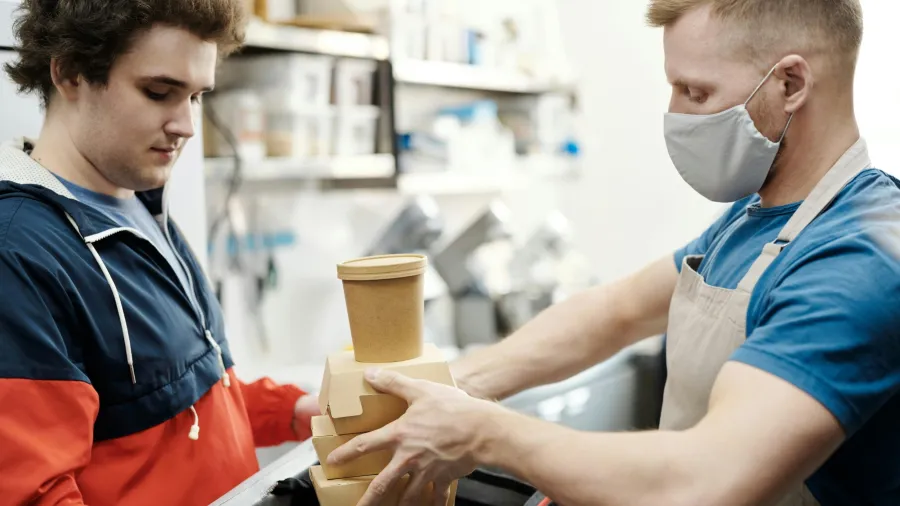
Delivery platforms help small foodservice operators reach more consumers
It allows smaller businesses to have more visibility and access to urban and Tier-2 city consumers.
Food delivery platforms are enabling smaller operators to compete with large chains by offering broader consumer reach without significant logistics investment, according to GlobalData.
Bokkala Parthasaradhi Reddy, lead consumer analyst at GlobalData, noted that large chains traditionally dominate with strong branding, loyalty programs, and delivery capabilities. However, platforms like FoodPanda, Grab, Swiggy, and Zomato are leveraging these advantages by giving smaller businesses more visibility and access to urban and Tier-2 city consumers.
“These apps enable smaller operators to have more visibility and vie for consumer eyeballs. In addition to upending the food delivery space, these apps are also changing the business models of small operators,” said Deepak Nautiyal, consumer and retail commercial director at GlobalData.
Large multinational chains are also reaping the benefits of food delivery platforms. Nautiyal noted that despite maintaining their own apps, loyalty programs, and delivery infrastructure, these chains are expanding their presence on third-party platforms.
GlobalData’s survey revealed that 40% of respondents use food delivery apps, rising to 48% amongst the 25–34 age group.
“Whilst issues such as higher prices and increasing platform fees are the major challenges, it is a win-win situation for all the stakeholders”, Reddy concluded.



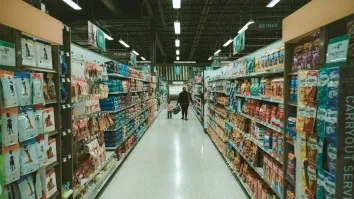
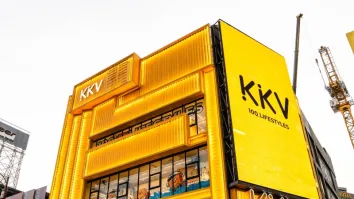











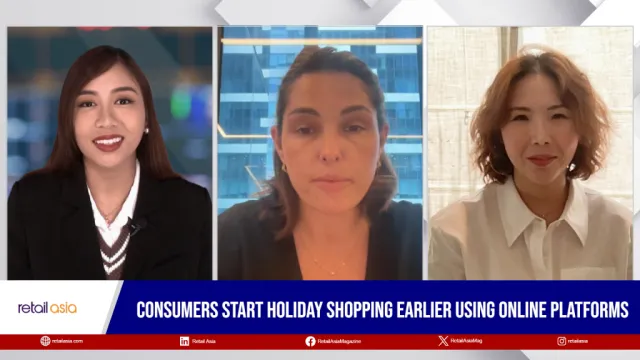

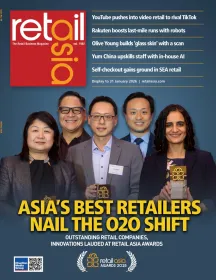
 Advertise
Advertise
